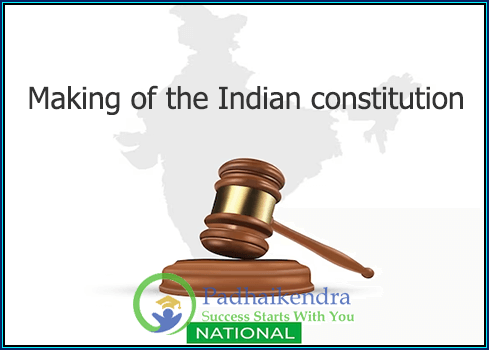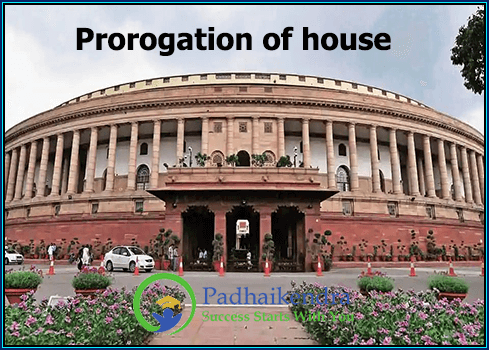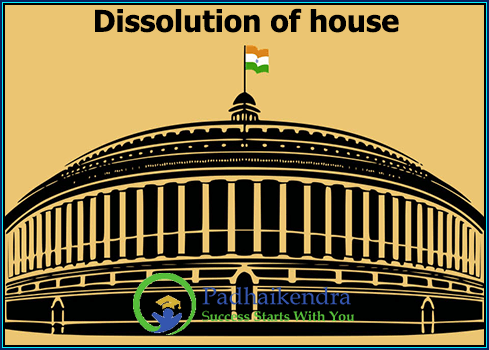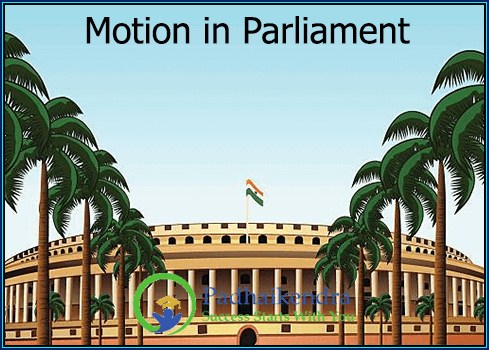The making of the Indian Constitution is a complex and fascinating process that took place over several years. The process began in 1946 with the appointment of a Constituent Assembly to draft a new constitution for India. The Assembly consisted of 389 members, including representatives from all of the provinces and princely states of India, as well as representatives of various political and social groups.
The Assembly held its first meeting on December 9, 1946, and elected Dr. Rajendra Prasad as its President. Over the next three years, the Assembly held a series of meetings, debates, and discussions, during which the members of the Assembly worked to draft a constitution that would reflect the aspirations and values of the Indian people.
The drafting of the Constitution was led by a drafting committee, which was chaired by Dr. B.R. Ambedkar. The committee consisted of seven members, including Ambedkar, who was a prominent leader of the Dalit community and a strong advocate for the rights of the oppressed and marginalized.
The drafting committee worked tirelessly to create a constitution that would reflect the principles of democracy, secularism, and social justice. They drew on a wide range of sources, including the constitutions of other countries, the principles of the Indian independence movement, and the ideas of great thinkers and philosophers.
Finally, on November 26, 1949, the Constituent Assembly adopted the Constitution of India. The Constitution came into effect on January 26, 1950, which is now celebrated as Republic Day in India.
The Indian Constitution is a remarkable document that reflects the diversity, complexity, and richness of Indian society. It is one of the longest constitutions in the world, and it has been hailed as a model for other countries seeking to build democratic and inclusive societies. The making of the Constitution was a remarkable achievement, and it remains a source of inspiration and pride for the people of India.





